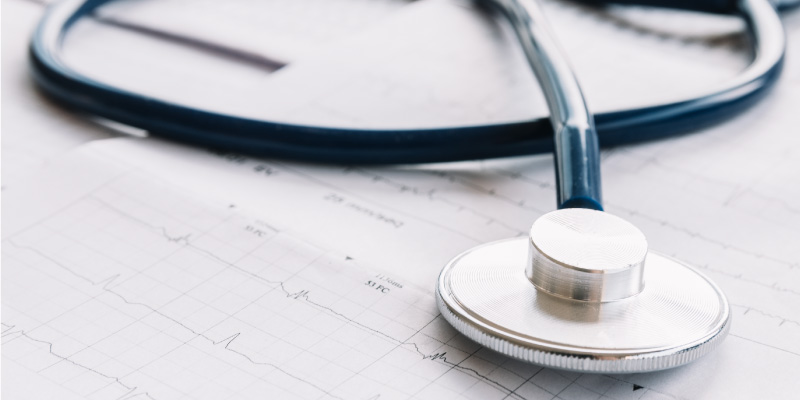Kawasaki disease is a very rare disorder that leads to inflammation or swelling in the walls of arteries, capillaries, and veins. This primarily affects the coronary arteries, which supplies blood to the heart muscles. Kawasaki is a very common cause of heart disease in children.
Kawasaki is also known as mucocutaneous lymph node disorder because it affects the glands and leads to swelling in the lymph nodes, the mucous membranes in the nose, throat and mouth, and the skin.
Some Common Facts about Kawasaki Disease
- Kawasaki disease is an acute febrile disorder of unknown etiology.
- Kawasaki is a rare illness that leads to the inflammation of blood vessels.
- Kawasaki disease is also known as mucocutaneous lymph node syndrome.
- It is commonly abbreviated as KD.
- It almost always affects infants and young children.
- According to the study done by the Kawasaki Disease Foundation, approximately 80% of patients suffering from Kawasaki disease are under the age of 5 years.
- Very rarely, it affects older children or teenagers.
- Normally, Kawasaki disease does not affect children under 6 months.
- The chances of KD in boys are 1.5 times more than in girls.
- This disease is not contagious.
- Kawasaki syndrome is more common in children of Pacific Island and Asian descent.
- A study done by the Kawasaki Disease Foundation (KDF) shows that, in every 100,000 patients, 19 children are admitted due to Kawasaki disease every year in the United States.
- Kawasaki disease was first reported in Japan in the year 1967 by Tomisaku Kawasaki.
Causes of Kawasaki Disease
Kawasaki syndrome causes inflammation in the arteries, capillaries, and veins that damages the coronary arteries carrying blood to the heart. It can also lead to problems with the lymph nodes, the mucous membranes in the nose, throat and mouth, and the skin.
Experts do not know the exact causes of Kawasaki syndrome, but it might be associated with genes, bacteria, viruses, or other things like chemicals and irritants. Scientists believe that the disease is not contagious and is an autoimmune disorder, which means that the body’s immune system attacks the good tissue.
Seldomly, Kawasaki disorder occurs in clusters in a community. Children are more prone to get this disease in the winter and spring. Things that are known to raise the child’s risk of enhancing the Kawasaki disease including:
- Age: It is more likely to affect children between the age of 1 to 5.
- Sex: The chances of Kawasaki disease is 1.5 times more in boys than in girls.
- Ethnicity: Children of Asian ancestry, especially China or Japan, and Pacific Island are more susceptive to Kawasaki disease.
Symptoms of Kawasaki Disease

The signs and symptoms of Kawasaki syndrome usually occur in three stages.
1st phase
The signs and symptoms of the Acute phase or the first phase may include:
- Irritability
- High fever that lasts more than three days
- Bloodshot eyes
- Rash on the groin or torso
- Red, dry and cracked lips
- Extremely red and swollen tongue
- Swollen lymph nodes
- Swollen feet and hands
- Redness in palms and soles of the feet
- Sore throat
2nd Phase
In the sub-acute or the second phase, the child may develop:
- Abdominal pain
- Diarrhea
- Vomiting
- Joint swelling
- Joint pain
- Peeling of the skin on fingers and toes
- Lack of appetite
- Jaundice
3rd Phase
In the Convalescent or the third phase of Kawasaki syndrome, the signs, and symptoms gradually improve. It may take the time of approximately eight weeks to recover and the energy level of the child to appear normal again.
Diagnosis of Kawasaki Disease

There’s no particular test for the diagnosis of Kawasaki syndrome. The diagnosis is based on the child’s signs and symptoms of other illnesses that cause similar symptoms. The symptoms that help the doctor to diagnose Kawasaki disease include:
- Scarlet fever
- Rash
- Sore throat
- Juvenile rheumatoid arthritis
- Measles
- Stevens-Johnson syndrome
- Toxic shock syndrome
- Some tick-borne diseases, like Rocky Mountain, spotted fever, etc.
The doctor may require some physical examination and tests to diagnose Kawasaki disease. These tests may include:
- Blood Tests: It helps the doctor to rule out other disorders or illnesses and to check the child’s blood cell count. The presence of anemia and swelling or inflammation with a high white blood cell count are symptoms of Kawasaki syndrome. Testing for B-type Natriuretic Peptide (BNP) that releases if the heart is under stress may help diagnose KD.
- Electrocardiogram: An electrocardiogram regulates the electrical impulses of the child’s heartbeat by attaching electrodes to the skin. Kawasaki disorder can lead to heart rhythm problems.
- Echocardiogram: Ultrasound images are used in this test to determine how well the heart is functioning and can also help in identifying issues with the coronary arteries.
Conclusion
Kawasaki syndrome can also affect the nervous, digestive, immune, and urinary systems of the body. It is always advisable to seek professional help as soon as the symptoms of Kawasaki disease are noticeable.




